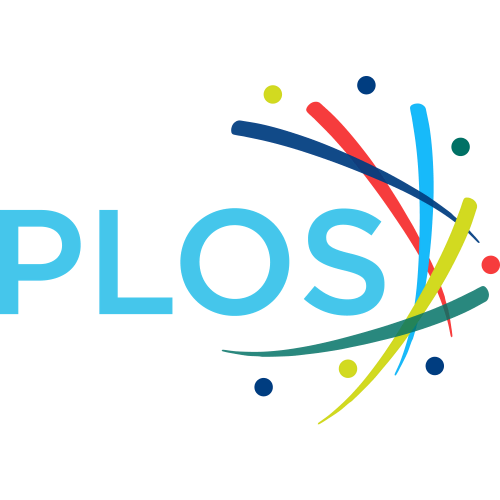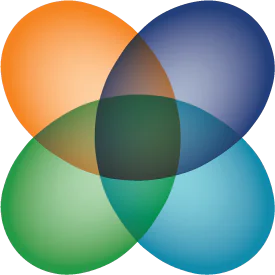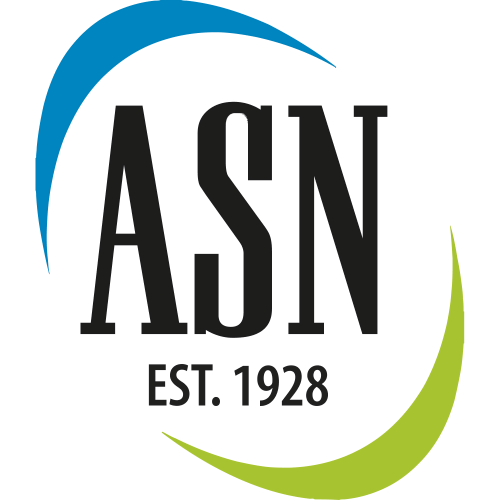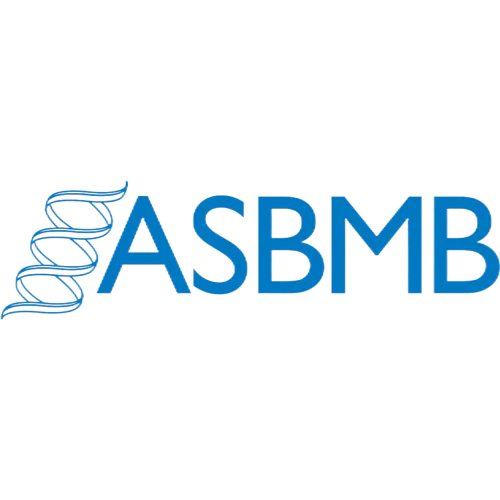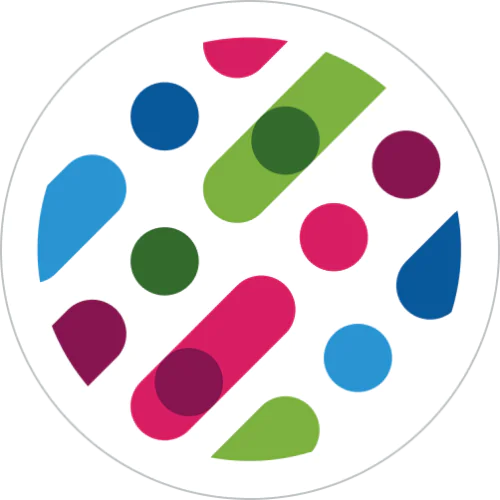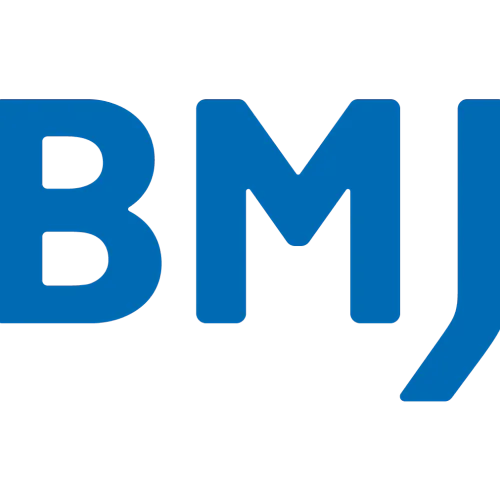Open Access


Organization of GC/MS and LC/MS metabolomics data into chemical libraries
1
Metabolon, Inc., Durham, USA
|
Publication type: Journal Article
Publication date: 2010-10-18
scimago Q1
wos Q1
SJR: 1.570
CiteScore: 11.3
Impact factor: 5.7
ISSN: 17582946
PubMed ID:
20955607
Physical and Theoretical Chemistry
Computer Science Applications
Library and Information Sciences
Computer Graphics and Computer-Aided Design
Abstract
Metabolomics experiments involve generating and comparing small molecule (metabolite) profiles from complex mixture samples to identify those metabolites that are modulated in altered states (e.g., disease, drug treatment, toxin exposure). One non-targeted metabolomics approach attempts to identify and interrogate all small molecules in a sample using GC or LC separation followed by MS or MSn detection. Analysis of the resulting large, multifaceted data sets to rapidly and accurately identify the metabolites is a challenging task that relies on the availability of chemical libraries of metabolite spectral signatures. A method for analyzing spectrometry data to identify and Quantify Individual Components in a Sample, (QUICS), enables generation of chemical library entries from known standards and, importantly, from unknown metabolites present in experimental samples but without a corresponding library entry. This method accounts for all ions in a sample spectrum, performs library matches, and allows review of the data to quality check library entries. The QUICS method identifies ions related to any given metabolite by correlating ion data across the complete set of experimental samples, thus revealing subtle spectral trends that may not be evident when viewing individual samples and are likely to be indicative of the presence of one or more otherwise obscured metabolites. LC-MS/MS or GC-MS data from 33 liver samples were analyzed simultaneously which exploited the inherent biological diversity of the samples and the largely non-covariant chemical nature of the metabolites when viewed over multiple samples. Ions were partitioned by both retention time (RT) and covariance which grouped ions from a single common underlying metabolite. This approach benefitted from using mass, time and intensity data in aggregate over the entire sample set to reject outliers and noise thereby producing higher quality chemical identities. The aggregated data was matched to reference chemical libraries to aid in identifying the ion set as a known metabolite or as a new unknown biochemical to be added to the library. The QUICS methodology enabled rapid, in-depth evaluation of all possible metabolites (known and unknown) within a set of samples to identify the metabolites and, for those that did not have an entry in the reference library, to create a library entry to identify that metabolite in future studies.
Found
Nothing found, try to update filter.
Found
Nothing found, try to update filter.
Top-30
Journals
|
5
10
15
20
25
30
|
|
|
PLoS ONE
30 publications, 5.81%
|
|
|
Scientific Reports
21 publications, 4.07%
|
|
|
Metabolomics
18 publications, 3.49%
|
|
|
Metabolites
15 publications, 2.91%
|
|
|
Nature Communications
10 publications, 1.94%
|
|
|
Journal of Proteome Research
10 publications, 1.94%
|
|
|
Molecular Genetics and Metabolism
6 publications, 1.16%
|
|
|
Journal of the American Society of Nephrology : JASN
5 publications, 0.97%
|
|
|
International Journal of Molecular Sciences
5 publications, 0.97%
|
|
|
Nutrients
5 publications, 0.97%
|
|
|
bioRxiv
5 publications, 0.97%
|
|
|
BMC Plant Biology
4 publications, 0.78%
|
|
|
Journal of Nutrition
4 publications, 0.78%
|
|
|
Journal of Biological Chemistry
4 publications, 0.78%
|
|
|
American Journal of Clinical Nutrition
4 publications, 0.78%
|
|
|
Clinical journal of the American Society of Nephrology : CJASN
4 publications, 0.78%
|
|
|
Human Molecular Genetics
4 publications, 0.78%
|
|
|
Cancer Research
4 publications, 0.78%
|
|
|
eLife
4 publications, 0.78%
|
|
|
Journal of Neurotrauma
3 publications, 0.58%
|
|
|
Frontiers in Physiology
3 publications, 0.58%
|
|
|
Frontiers in Microbiology
3 publications, 0.58%
|
|
|
Frontiers in Nutrition
3 publications, 0.58%
|
|
|
Nature Metabolism
3 publications, 0.58%
|
|
|
EBioMedicine
3 publications, 0.58%
|
|
|
Nature Microbiology
3 publications, 0.58%
|
|
|
Journal of Agricultural and Food Chemistry
3 publications, 0.58%
|
|
|
Science advances
3 publications, 0.58%
|
|
|
Science Translational Medicine
3 publications, 0.58%
|
|
|
5
10
15
20
25
30
|
Publishers
|
20
40
60
80
100
120
140
|
|
|
Springer Nature
125 publications, 24.22%
|
|
|
Elsevier
81 publications, 15.7%
|
|
|
Public Library of Science (PLoS)
36 publications, 6.98%
|
|
|
Wiley
35 publications, 6.78%
|
|
|
MDPI
34 publications, 6.59%
|
|
|
Cold Spring Harbor Laboratory
26 publications, 5.04%
|
|
|
Frontiers Media S.A.
22 publications, 4.26%
|
|
|
Oxford University Press
18 publications, 3.49%
|
|
|
American Chemical Society (ACS)
16 publications, 3.1%
|
|
|
American Association for Cancer Research (AACR)
10 publications, 1.94%
|
|
|
American Society of Nephrology
8 publications, 1.55%
|
|
|
Taylor & Francis
7 publications, 1.36%
|
|
|
Mary Ann Liebert
7 publications, 1.36%
|
|
|
Ovid Technologies (Wolters Kluwer Health)
7 publications, 1.36%
|
|
|
American Society for Nutrition
6 publications, 1.16%
|
|
|
American Association for the Advancement of Science (AAAS)
6 publications, 1.16%
|
|
|
SAGE
5 publications, 0.97%
|
|
|
American Physiological Society
5 publications, 0.97%
|
|
|
The Endocrine Society
4 publications, 0.78%
|
|
|
American Society for Biochemistry and Molecular Biology
4 publications, 0.78%
|
|
|
eLife Sciences Publications
4 publications, 0.78%
|
|
|
Impact Journals
3 publications, 0.58%
|
|
|
Royal Society of Chemistry (RSC)
3 publications, 0.58%
|
|
|
Cambridge University Press
3 publications, 0.58%
|
|
|
American Society for Microbiology
3 publications, 0.58%
|
|
|
Hindawi Limited
3 publications, 0.58%
|
|
|
American Diabetes Association
3 publications, 0.58%
|
|
|
The Company of Biologists
2 publications, 0.39%
|
|
|
BMJ
2 publications, 0.39%
|
|
|
20
40
60
80
100
120
140
|
- We do not take into account publications without a DOI.
- Statistics recalculated weekly.
Are you a researcher?
Create a profile to get free access to personal recommendations for colleagues and new articles.
Metrics
517
Total citations:
517
Citations from 2024:
59
(11.43%)
Cite this
GOST |
RIS |
BibTex
Cite this
GOST
Copy
Dehaven C. D. et al. Organization of GC/MS and LC/MS metabolomics data into chemical libraries // Journal of Cheminformatics. 2010. Vol. 2. No. 1. 9
GOST all authors (up to 50)
Copy
Dehaven C. D., Evans A. M., Dai H., Lawton K. A. Organization of GC/MS and LC/MS metabolomics data into chemical libraries // Journal of Cheminformatics. 2010. Vol. 2. No. 1. 9
Cite this
RIS
Copy
TY - JOUR
DO - 10.1186/1758-2946-2-9
UR - https://doi.org/10.1186/1758-2946-2-9
TI - Organization of GC/MS and LC/MS metabolomics data into chemical libraries
T2 - Journal of Cheminformatics
AU - Dehaven, Corey D
AU - Evans, Anne M.
AU - Dai, Hongping
AU - Lawton, Kay A
PY - 2010
DA - 2010/10/18
PB - Springer Nature
IS - 1
VL - 2
PMID - 20955607
SN - 1758-2946
ER -
Cite this
BibTex (up to 50 authors)
Copy
@article{2010_Dehaven,
author = {Corey D Dehaven and Anne M. Evans and Hongping Dai and Kay A Lawton},
title = {Organization of GC/MS and LC/MS metabolomics data into chemical libraries},
journal = {Journal of Cheminformatics},
year = {2010},
volume = {2},
publisher = {Springer Nature},
month = {oct},
url = {https://doi.org/10.1186/1758-2946-2-9},
number = {1},
pages = {9},
doi = {10.1186/1758-2946-2-9}
}




